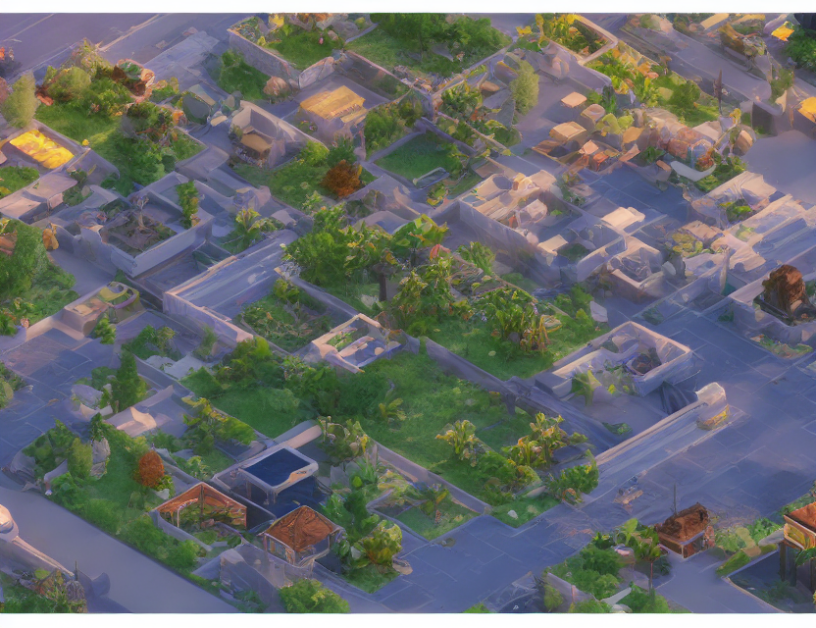Object generation is a challenging task in computer graphics, as it requires generating high-quality images that are diverse and realistic. Recently, part-based methods have gained popularity due to their ability to generate objects by assembling parts. However, these methods have two main limitations: they struggle to assemble parts diversely while preserving the quality of each part, and they do not provide effective constraints between parts.
To address these limitations, we propose a novel approach that combines part-wise attention and assembly while generating. Our method generates parts using a Gaussian distribution and assembles them using a Part Assembler. We introduce two hyperparameters, α and β, which control the diversity and quality of the generated parts, respectively.
We conduct an ablation study on these hyperparameters to demonstrate their impact on the edited results. Our experiments show that our approach can generate diverse and high-quality objects by assembling parts efficiently. We also show that our method can interpolate between different parts to create continuous transformations, mix different parts in different objects, and generate objects with varying styles.
To understand our approach better, imagine building a house. Just like how we need to assemble different parts of a house to form a complete structure, our method assembles different parts of an object to form a complete image. However, just as it’s important to ensure that each part of a house is well-built and functional, our method makes sure that each part of the object is high-quality and diverse.
Our approach also allows for continuous transformations between parts, much like how we can adjust the size or shape of a window or door in a house. This allows us to generate objects with varying styles and shapes. For instance, we can generate a chair with arms or without arms by simply interpolating between different parts.
In summary, our approach combines part-wise attention and assembly while generating to create diverse and high-quality objects. By controlling the diversity and quality of the generated parts, we can ensure that the assembled object is both realistic and aesthetically pleasing. Our method provides effective constraints between parts, allowing for continuous transformations and style mixing, making it a powerful tool for generating complex objects in computer graphics.
Computer Science, Computer Vision and Pattern Recognition
Enhancing Part Editing with Feature Constraints: A Novel Strategy for Diverse and High-Quality Results



